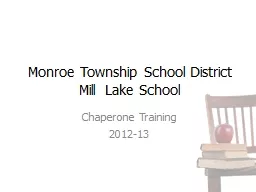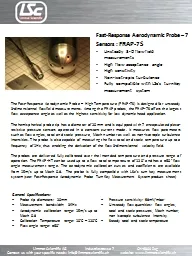PPT-Monroe Weber-Shirk 265 Hollister Hall mw24@cornell.edu Temperature probe
Author : karlyn-bohler | Published Date : 2019-10-31
Monroe WeberShirk 265 Hollister Hall mw24cornelledu Temperature probe optional Spring 2018 CEE 4530 Laboratory Research in Environmental Engineering CEE 4530 Laboratory
Presentation Embed Code
Download Presentation
Download Presentation The PPT/PDF document "Monroe Weber-Shirk 265 Hollister Hall m..." is the property of its rightful owner. Permission is granted to download and print the materials on this website for personal, non-commercial use only, and to display it on your personal computer provided you do not modify the materials and that you retain all copyright notices contained in the materials. By downloading content from our website, you accept the terms of this agreement.
Monroe Weber-Shirk 265 Hollister Hall mw24@cornell.edu Temperature probe: Transcript
Download Rules Of Document
"Monroe Weber-Shirk 265 Hollister Hall mw24@cornell.edu Temperature probe"The content belongs to its owner. You may download and print it for personal use, without modification, and keep all copyright notices. By downloading, you agree to these terms.
Related Documents














![[EPUB] - Sloth Cornell Notes Notebook: An 8.5 x 11 cornell notes notepad, cornell notes](https://thumbs.docslides.com/907355/epub-sloth-cornell-notes-notebook-an-8-5-x-11-cornell-notes-notepad-cornell-notes-pad-cornell-notes-book-note-taking-notebo.jpg)